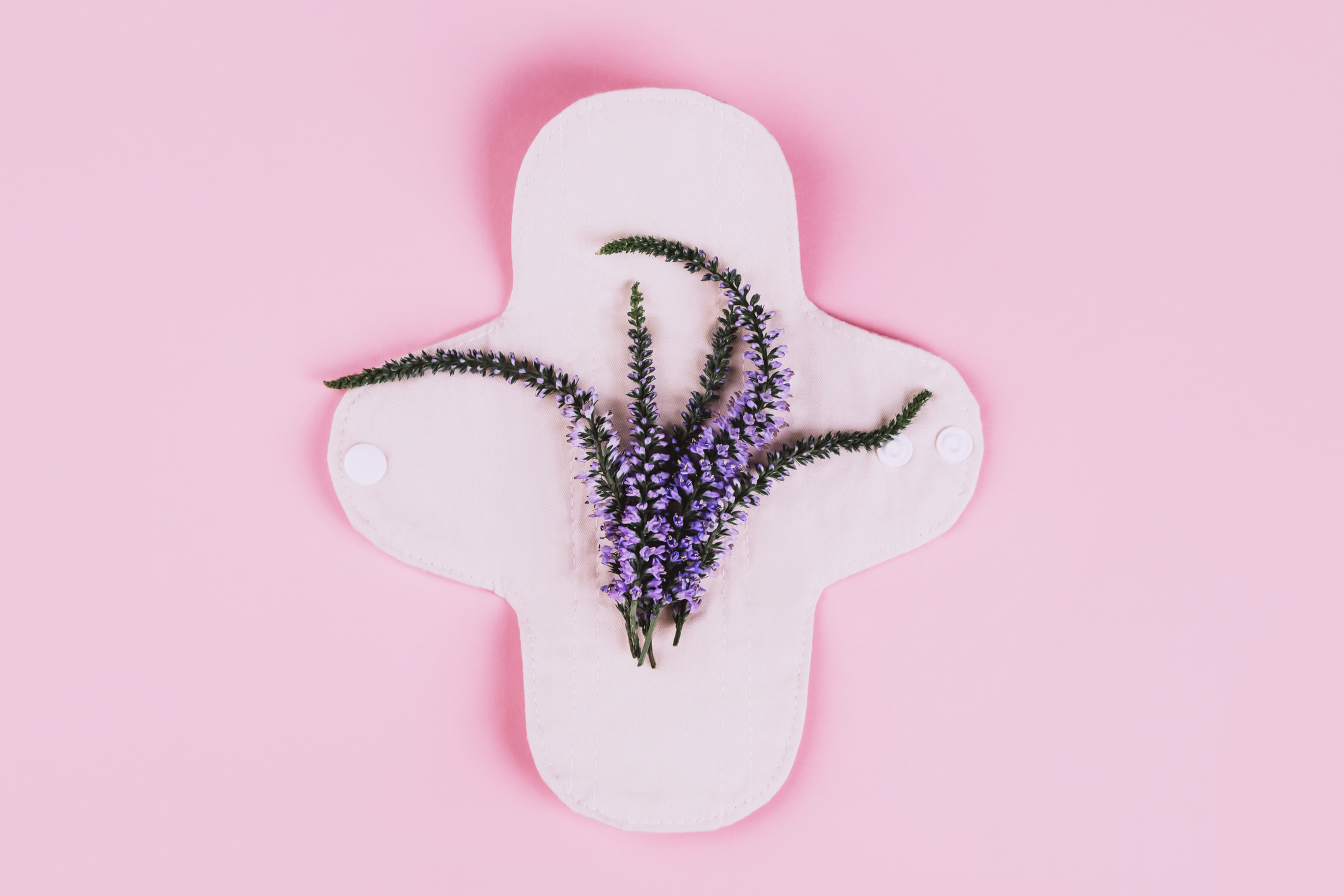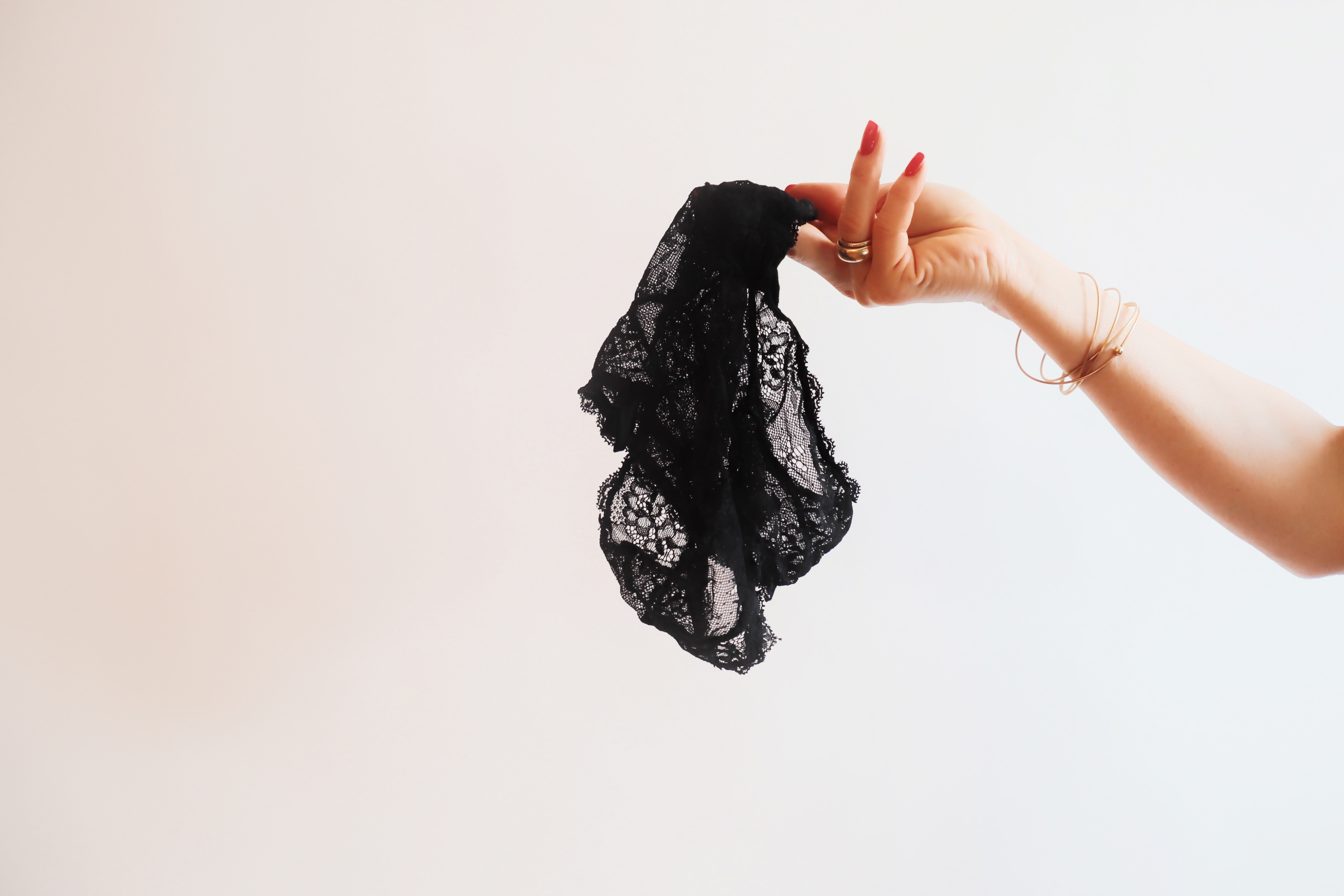
Knowing the many vaginal infection types can sometimes feel overwhelming - is your itch down there pretty standard or indicator of a bigger problem? What about the discharge - when do you know if it's a normal amount or reason to worry?
They are - usually - nothing to worry about, FYI: stats report that three out of four women will experience vaginal candidiasis, a form of yeast infection, at some point in their lives. But leave the issue untreated, and you risk it coming back worse.
Keen to read up on the different types, tell-tale signs, and the best vaginal infections treatment, too? We've asked a female health expert to break down what a vaginal infection is, how common they are, how to treat them, and when to see a doctor, too.
Vaginal infections: your guide
According to Sarah Mulindwa, sexual health nurse, presenter of Channel 4’s The Sex Clinic and Lovehoney ambassador, vaginal problems can affect everything from your fertility, to your libido, to your ability to orgasm - yep, you read that right.
"Ongoing vaginal health issues can also cause stress or relationship problems and impact your self-confidence, too," she explains.
Think of it this way: itching or irritation anywhere on the body can cause discomfort. But when it occurs in an area as sensitive as the vagina, vulva, labia, clitoris, or vaginal opening, it can be especially uncomfortable.

Vaginal infection types: 10 to know about
There are several common vaginal infection types, with the most common symptoms being vaginal itching, burning, and irritation, shares the nurse.
Celebrity news, beauty, fashion advice, and fascinating features, delivered straight to your inbox!
1. Bacterial vaginosis
You probably know that it's totally normal to have a healthy mix of bacteria in the vagina. But what happens when not-so-healthy bacteria makes it's way into your you-know-where? Short answer: vaginal infection, more often than not.
The main symptoms of bacterial vaginosis are:
- Itching
- Inflammation
- A burning sensation
- Discharge
- A fishy-smelling odour.
2. Sexually transmitted diseases (STDs)
Yep, STD's are totally one of the vaginal infection types. "Chlamydia, genital herpes, genital warts, trichomoniasis and gonorrhea are all types of vaginal infection," shares Mulindwa.
For a full round up of how to identify an STD, read our guide, but otherwise, watch out for:
- Vaginal itching
- Vulvar itching
- Irritation.
Don't miss our expert-led explainer on HPV symptoms in women, while you're here.
3. Yeast infection (vaginal candidiasis)
Did you know? About three out of every four women will develop a yeast infection at some point in their lives, according to Mulindwa.
"Yeast infections occur when the yeast - otherwise known as candida - grow excessively in your vagina and vulva," she shares. Pregnancy, intercourse, antibiotics, and a weakened immune system can all make women more likely to get a yeast infection.
Otherwise known as thrush, the main symptoms of a yeast infection include:
- Itching
- Irritation
- A thick, white, cheesy discharge.
4. A urinary tract infection (UTI)
Ever heard of a UTI? In short, it's a vaginal infection in any part of your urinary system — think your kidneys, ureters, bladder and urethra. Most infections involve the lower urinary tract — that's the bladder and the urethra, explains Mulindwa.
"Women are at greater risk of developing urinary tract infections than men," she explains. "Infection limited to your bladder can be painful and annoying. However, serious consequences can occur if a UTI spreads to your kidneys."
Doctors typically treat UTIs with antibiotics. UTIs don't always cause signs and symptoms, but when they do they may include:
- A strong, persistent urge to urinate
- A burning sensation when urinating
- Passing frequent, small amounts of urine
- Urine that appears cloudy
- Urine that appears red, bright pink or cola-colored — a sign of blood in the urine
- Strong-smelling urine
- Pelvic pain, in women — especially in the centre of the pelvis and around the area of the pubic bone.
Why do they happen? Well, urinary tract infections typically occur from poor vaginal care - that is, when bacteria enter the urinary tract through the urethra and begin to multiply in the bladder. "Although the urinary system is designed to keep out such microscopic invaders, these defences sometimes fail," shares Mulindwa. "When that happens, bacteria may take hold and grow into a full-blown infection in the urinary tract."
5. Infection of the bladder (cystitis)
Vaginal infection types span BV, STD, UTI, and one type of UTI is a bladder infection. You'll likely have had cystitis at some point in your life - FYI, it's common. Interestingly, this type of UTI is usually caused by Escherichia coli (E. coli), which is a type of bacteria commonly found in the gastrointestinal (GI) tract. However, sometimes other bacteria are responsible, the nurse shares.
Symptoms of cystitis include:
- a stinging or burning pain when you wee
- going to the toilet more regularly than normal
- feeling like you need to go to the toilet even when you don't need too
- dark coloured urine
- lower stomach pain
FYI, sexual intercourse may lead to cystitis, but you don't have to be sexually active to develop it. "All women are at risk of cystitis because of their anatomy — specifically, the short distance from the urethra to the anus and the urethral opening to the bladder," she explains.
6. Infection of the urethra (urethritis)
Finally, the last type of vaginal infections is urethritis, another type of UTI that can occur when GI bacteria spread from the anus to the urethra. "Because the female urethra is close to the vagina, sexually transmitted infections, such as herpes, gonorrhea, chlamydia and mycoplasma, can cause urethritis," she continues.
Symptoms of urethritis may look something like:
- abdomen pain
- pain during sex
- bleeding or spotting between periods
- pain when weeing
- heavy periods
- vaginal discharge
Vaginal infection causes: Why did I get mine?
Good question - and not always one that's easy to answer.
There can be a whole range of triggers, from menopause - 'the drop in estrogen production that occurs at the end of a woman's reproductive years can cause the vaginal walls to thin and dry out,' explains Mulindwa - to chemical irritants - she recommends avoiding creams, douches, condoms, contraceptive foams, laundry detergents, soaps, scented toilet paper, and fabric softeners. "Ultimately, they can irritate the vagina and vulva and cause vaginal infection," she shares.
Even sex can sometimes cause vaginal infection - and yes, you read that right. "While it can't out-and-out cause vaginal infections, it can cause vaginal soreness, which can lead to issues," she explains.
If in doubt, do book an appointment with your GP, as they'll be able to help you pinpoint the root cause of the issue.

Vaginal infection treatments
Aka, what are the nine most important and often overlooked tips to ensure you don't end up with recurring vaginal infections? If you're at all unsure, do visit your GP, but the following tricks may help prevent your from getting vaginal infections at all.
1. Learn the right way to wipe
Question: are you wiping the area down the right way?
Answer: Probably not. Mulindwa shares that the 'right' right way to clean the vagina is from front to back - aka, vagina to the anus.
"If you wipe the other way, your chances of dragging harmful bacteria through your vagina are high," she explains.
2. Avoid douching
Not sure what that means? A douche is a device which flushes up water into the vagina to clean vaginal secretions.
But be warned: douching involves the use of certain chemicals which can interfere with the vaginal pH. "There is no evidence that douching can protect you against sexually transmitted infections or vaginal infections," stresses Mulindwa.
3. Say no to scented feminine hygiene products
The nurse mentioned this before, but it's an important one.
"It's not a good idea to use feminine hygiene products - products such as scented wipes, vaginal deodorants or scrubs will actually make you prone to infections," she warns.

4. Avoid wearing tight clothes
Simple but effective. "Wearing tight clothes and inners made from synthetic fabrics cause sweating due to reduced air circulation," Mulindwa explains. In turn, excessive sweating and moisture can lead to the growth of bacteria and yeast, causing vaginal infection.
Try this: avoid using leather pants, tight spandex, and wet bathing suits for extended periods of time, and do change your clothes after working out or exercising.
5. Keep underwear dry
Again, this one's easy. "Always wipe your vagina after going to the toilet - not doing so can put you at risk of vaginal infections."
Drunken bush toilet trips, we're looking at you.
6. Change sanitary pads after four to six hours
Women who have normal blood flow are advised to change their sanitary towel every four to six hours.
However, if you have heavy flow during menstruation then changing sanitary pads every three to four hours is a must, warns Mulindwa.
Do read our guides to the best period pants, period cups and eco-period products, while you're here, and don't miss our guide explaining how to use a tampon, too.

7. Clean the vagina after intercourse without fail
Make it a habit to clean your vagina every time you have sex.
"Body fluids and particles from condoms can cause irritation," explains Mulindwa. "Plus, not cleaning up after the act can make you prone to vaginal infections."
8. Make sure you get your smear test
This one's important. "All women from 25 to 64 years old are invited for cervical screening," she explains.
If you're nervous, read our guide to what happens in a smear test to calm any nerves.

Ally is Marie Claire UK's Senior Health and Sustainability Editor, a well-regarded wellness expert, ten-time marathoner, and Boston Qualifying runner.
Utilising her impressive skillset and exceptional quality of writing, she pens investigative, review and first-person pieces that consistently demonstrate flair and originality.
As well as writing, Ally manages a team of freelancers, oversees all commissioning and strategy for her pillars, and spearheads the brand's annual Women in Sport covers, interviewing and shooting the likes of Mary Earps, Millie Bright, and Ilona Maher. Shortlisted for three BSMEs and winning one in 2022, Ally lives and breathes her verticals: her eye for a story and connections within the wellness sphere are unrivalled. Follow Ally on Instagram for more.
